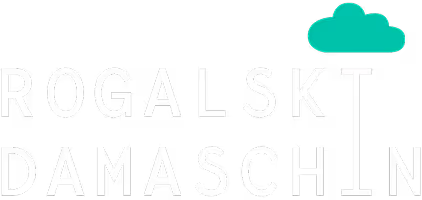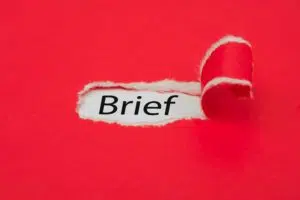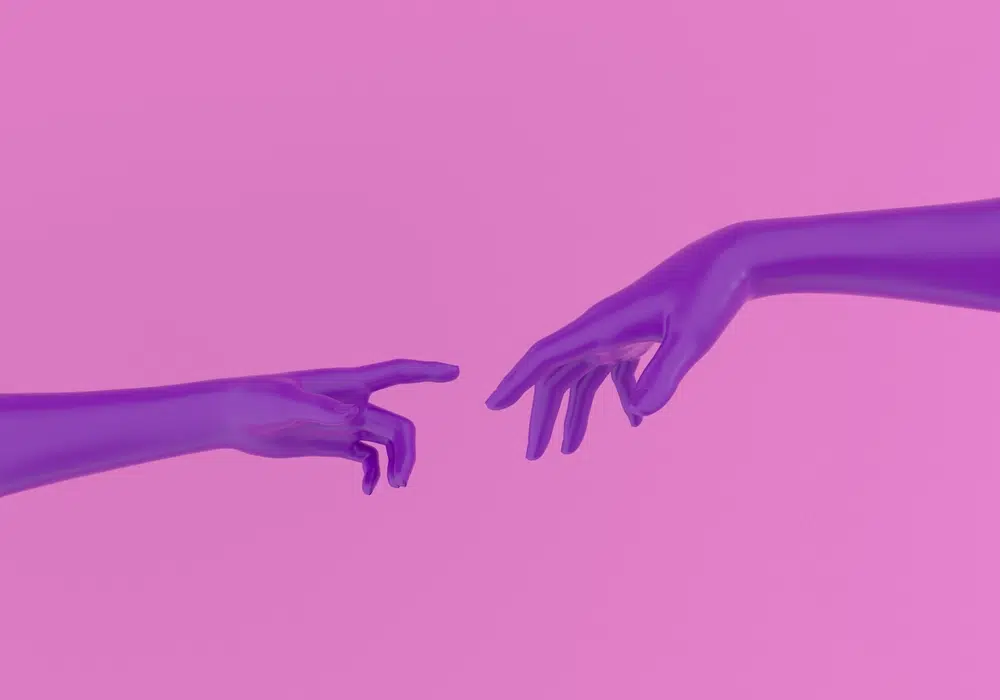
The relationship between the designer and the client. A Tangled Story
- The designer-client relationship must be based on common goals and clarity in communication.
- The brief is the foundation of the project and must include the purpose, audience, deadline and visual references.
- Constant communication and empathy prevent conflicts and failures in the designer-client relationship.
Have you ever wondered why the designer-client relationship can be more complicated than it seems and how you could reduce frustrations and conflicts? This relationship, no, is not simple. There are countless testimonies Memes, which almost rivals those related to sentimental relationships and marriage.
Sure it is and so, but it's not only so. And if so, at least in part, it would be good to know why and what we could do to reduce the number of Memes no matter how funny they are.
Theory versus practice in the designer-client relationship
Theoretically, but only theoretically,The designer-client relationship should be a solid construction based on common goals and objectives. Practically...
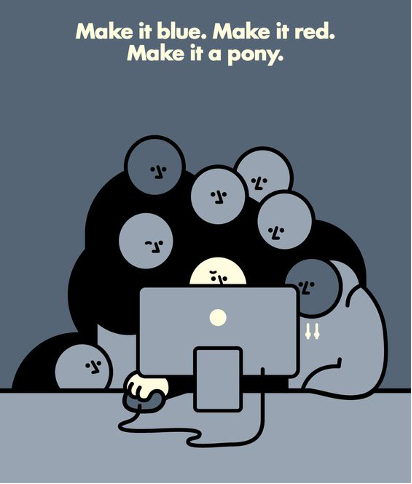
Let's imagine the following scenario. Any resemblance to reality is not accidental at all.
The client asks for a design.”cool”, modern, creative andbold for a campaign out of the box. The designer receives by mail, watSAPP or verbally on the phone this requirement and gets down to business. Of course, he is talented, with ideas and experience.
In a week of work and inspiration he manages to send the client a creation in which he put all the best he had. Before sending, they look again. Yes, it is the right thing. Submit!
The client receives the creation. But...

It has nothing to do with what he imagined. Does not comply with the strictures Brand, is not suitable for the target, does not have Vibethe desired, Fontsare inappropriate, chromaticwrong, the picture from another movie. In a word, disaster!
Who is to blame? The client points to the designer who did not understand or does not have the necessary competence, the designer to the client who did not give him the information he needed.
Of course, they are both wrong and right. Because yes, the client had to deliver information as complete as possible, on the other hand the designer had to ask for it.
This shocking scenario, all the more shocking it actually happens, is fortunately an increasingly rare one. There are fewer and fewer customers who do not know what a Brief.
The role of the brief in the designer-client relationship
All theoretically, briefulis the document that underlies the project, the foundation on which it is being built.
The brief is delivered by the client to the agency/designer and sets the directions in which to go. Through this document the client ensures that the agency/designer has all the information with which he can achieve what is desired.
What should a brief contain?
A clear brief should include/mention:
- purpose of the project
- Deadline
- Audience
- scope
- a sketch
Let's talk about each separately.
First and foremost, the brief should say whyThat design is created. What is the goal, what is the goal that it must achieve.
When the designer knows exactly or as precisely as possible why he is doing that project and where he needs to get to, he will work much more efficiently. That's kind of how it should work.
Once this is done, it follows whenshould be ready. Ideally it would be like deadlineto be divided for each deliverable. Importantly, the deadline should be realisticallyand necessarily have a leewayfor the inevitable revisions.
Then it must be defined the target. Because it's one thing to address teenagers, another to people over 60, and another to corporate employees or young mothers. For a good creation it is vital to be clear what the audience is.
Further, the designer must know what is the field on which he moves, what is scope. Just as a farmer needs to know whether to grow cereals, cabbage or spinach, for the designer it is essential to find out if it is an exclusive campaign online or print.
If the creation will decline in/in print it would be good to mention the size. Because, no, there is no point in pointing out the difference between a Flyerand a outdoora few meters.
Last but not least, it would be of great help to the designer if the briquette contained a sketch, no matter how summarized and referencesvisual.
That said, things should work out. It is only from the experiences of both sides that we know that theory is one, practice instead...
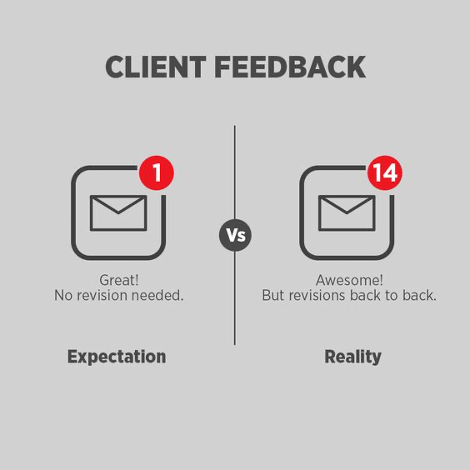
If we have brief, what doesn't work in the designer-client relationship?
Well, let's see. A math problem, for example, can have several solutions. The result instead has to be one.
Concerning the Brief of creationThe solution is somehow the result. That implies a lot of subjectivity. Both the client and the designer come up with a Hintergrond, with a different formation, upbringing and sensitivity. Two worlds collide, each with its own truth.
The key here is Flexibility. That is why communication is vital. Without this element, without discussions between the parties, the risk of a failure is very high.
What does flexibility mean in the relationship between designer and customer?
Precisely because we are talking about sensitivity, Caring about how they communicate must be very large.
The client, on the one hand, has the responsibility of a business to manage, grow or save, pay taxes, wages. On the other hand, the designer is sensitive by the nature of the work, a hard, tractive and not infrequently painful work, with all the satisfactions it brings.

Understanding, empathyIt would be good that they should not remain just words, but become effective.
Another key is Professionalism. The client should know that I likeor I do not like There are no judgments that can lead anywhere. They are just dead ends.
The feedback It is necessary to have explanations, argumentsand, in the ideal case, examples. It should also be integrated and unitary, not in scraps of information that possibly come from different people. And a lot.
Let's just mention in passing that a font does not “It's taken off the net.” Likewise an image that, in addition to the copyright obligations, cannot be used at 4kb size just because, isn't it, “It looks good on my screen.”
Sure, the designer, very often has a tendency to demonize the client.
His talent, his long experience are taken at the ready by the client who has unrealistic expectations and does not make informed decisions. Moreover, it fends them off creativity. But what does this creativity mean?
“I start from one idea and get to something else”,as Picasso said, yes, it can work in the visual arts, but in”The Art of Communication”is very risky.
Or, in the words of a college professor, “if you did less and worse than the homework requirement is wrong, but if you did better and it's wrong, you didn't understand the statement.” That's an exaggeration, but you got the point.
The designer should come to meet the client with professionalism and empathy. Communicate equally attentively, meet deadlines and accept criticism.
The inflexibility the professional is another dead end. That is why the designer must learn to explain to the client, just like a doctor, what intervention he does, with what tools, what are the benefits and which risks.
Can the designer-client relationship be a beautiful, constructive and successful one?
Well, just like in love, I'd say it depends. It depends on each one, it depends on the chemistry. Last but not least, of course, and a little luck.
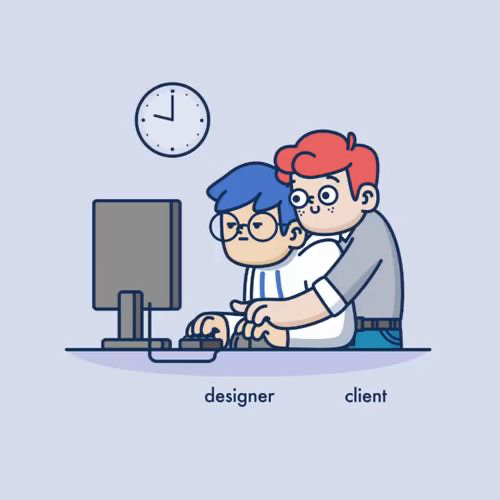
Questions about how to improve the designer-client relationship
- How can clients support the designer's creativity without limiting his artistic freedom?
Clients can support the designer's creativity by letting him propose innovative solutions and giving him constructive feedback without imposing rigid solutions. This builds confidence and stimulates original ideas. - What situations can affect the relationship between the designer and the client in the long run?
Delaying feedback, vague communication, or constantly changing the direction of the project can generate frustrations and diminish mutual trust. - How can a designer prevent misinterpretation of a brief?
The designer can ask additional questions, request visual examples, and make preliminary mock-ups to confirm the direction, reducing the risk of misunderstandings.

